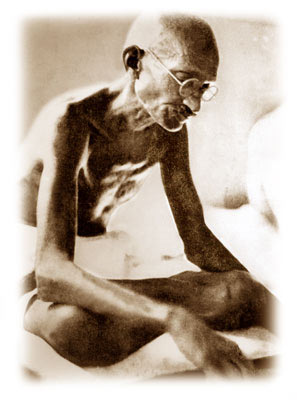Nonviolent Communication as it relates to Art-Making
 This week I went to a very interesting workshop with Marshall Rosenburg, the creator of "Nonviolent Communication." Nonviolent Communication is a method of mindful communication, aimed at reducing anger, guilt, blame, and judgment. It's quite interesting.
This week I went to a very interesting workshop with Marshall Rosenburg, the creator of "Nonviolent Communication." Nonviolent Communication is a method of mindful communication, aimed at reducing anger, guilt, blame, and judgment. It's quite interesting.Many thought-provoking points were made, but a few things caught my attention in relationship to art and art-making.
Nonviolent Communication places emphasis on hearing the needs and feelings behind a person's word - rather than focusing on the words. For example, if someone says "You rotten jerk!" - rather than hearing an insult or personal affront, you focus on hearing that the person is feeling angry. Interesting quote: "When you are hearing the needs and feelings of someone else, you won't hear anything about yourself."
All of this reminds me of art making, and of Geoffrey's comment of Steven Larose's blog recently - that he has the quote "It's not a face" written above his portrait painting area. Of course, the subject matter of art work is a source of potential power and emphasis - but the feelings and needs held in one's heart while making the work will shine through regardless of the subject matter. Personally, I think this is especially true with painting and drawing. This explains why a Jasper Johns painting of numbers can still be evocative. Or why a Van Gogh painting of a field can be tortuous.
--
Another interesting quote from the workshop "People often know what they want to say, but have no idea what they want in return." NVC encourages people to follow up statements of feelings/needs with specific requests. For example, "I feel frustrated when you leave your dishes on the table. Would you please take your dish to the sink?" (compared with "You always leave your dishes out!"). That's a banal example, but it's an interesting point in relation to art-making.
It's so important to know not only what you want to say with your art, but what sort of response you want to get. Who is our target audience, and how do we want them to respond to our work? What action do we want to request of them? What are we trying to say, to whom, and why?
One last thing: More than once, Mr. Rosenburg said something along the lines of "Speak your truth in a way that people receive it as a gift." Isn't that a nice dictum for making art?


